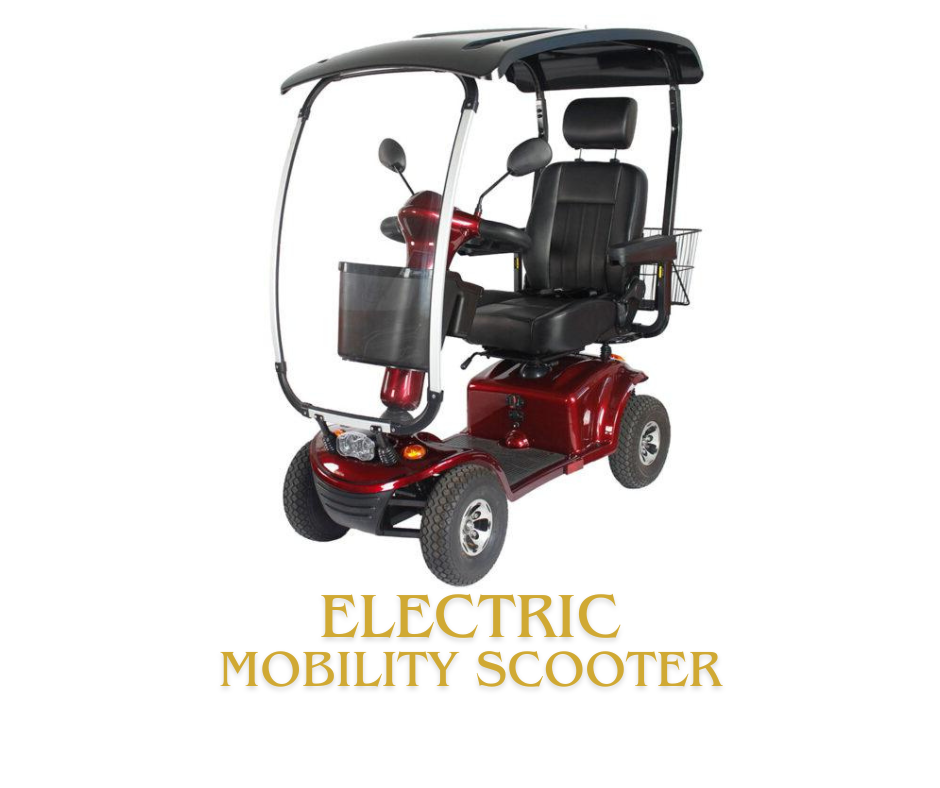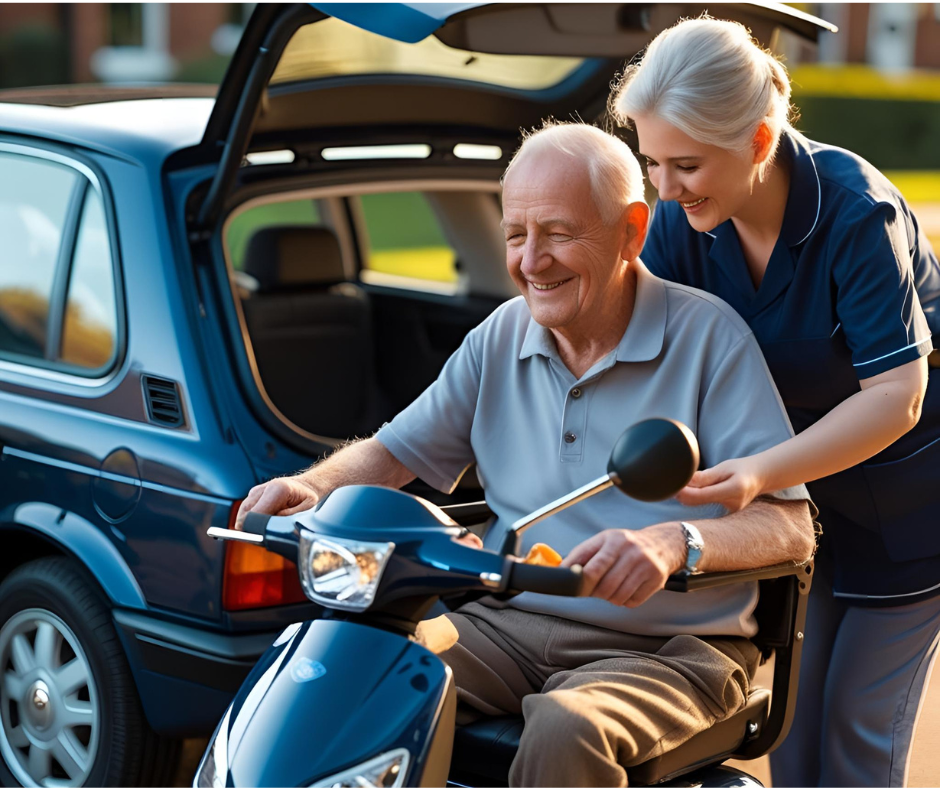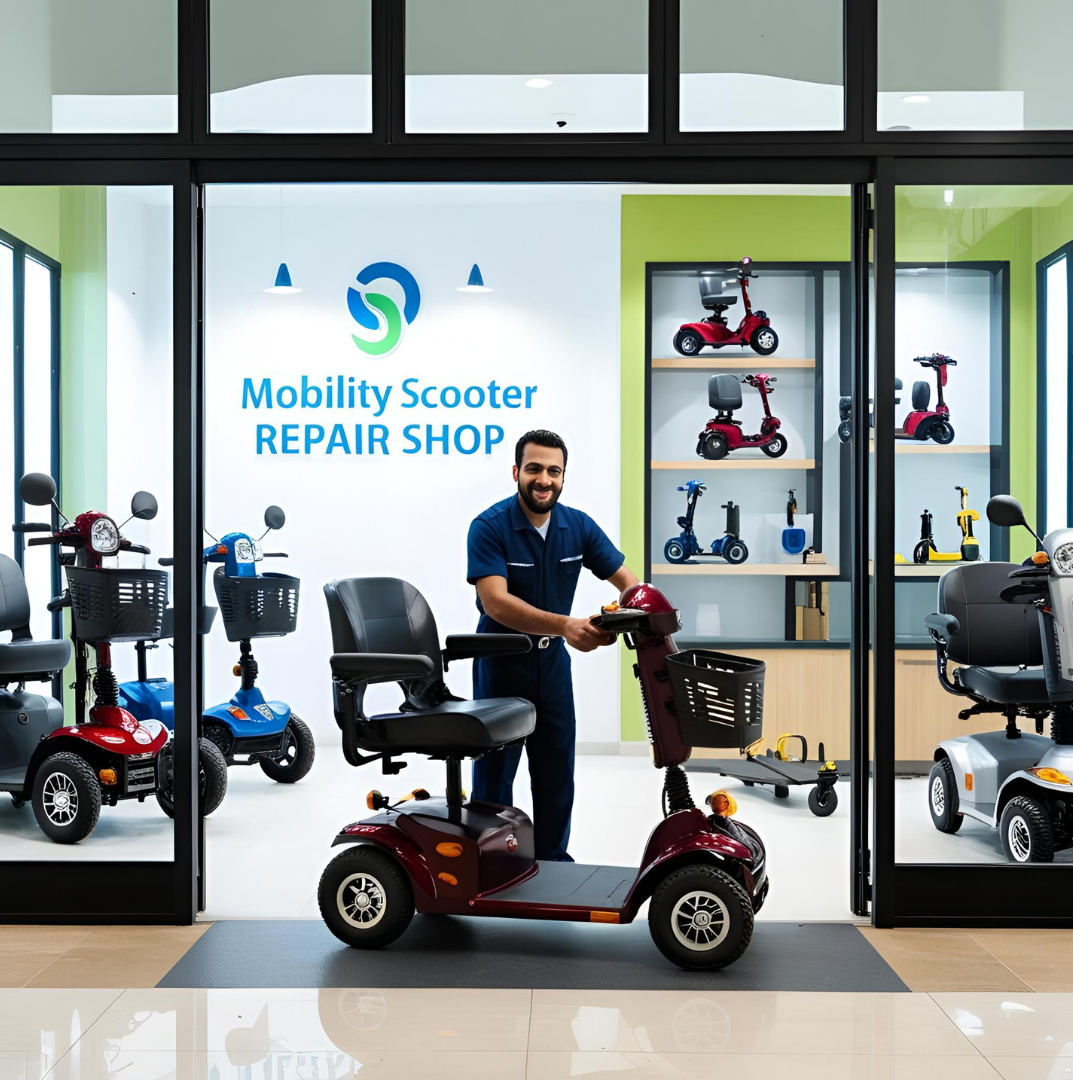- Home
- Best Mobility Scooter
- Electric Mobility Scooter for Adults
Electric Mobility Scooter for Adults: Expert Tips to Pick the Scooter That Fits You.
If you’re exploring an electric mobility scooter for adults, you’re not just shopping for a product—you’re choosing freedom. The right scooter brings back ease: coffee runs, park strolls, weekend markets, and visiting friends without worrying about distance or fatigue.
Who this is for:
- Adults seeking a reliable way to stay active and independent day to day.
- People who want an electric scooter that supports adult weight, longer trips, and real-world terrain.
- Carers and family members comparing safe, comfortable options for loved ones.
- Shoppers looking for clear guidance, local considerations, and practical tips.
This guide helps you compare adult-ready scooters by range, comfort, portability, and value so you can choose a model that fits your life, not the other way around.

Electric mobility scooter for adults is really about reclaiming your routine on your terms. It’s the confidence to say yes to that brunch invite, the comfort to enjoy a longer shoreline stroll, and the practicality to carry groceries home without strain.
With today’s options—from compact foldable mobility scooters that slip into the boot to heavy‑duty models built for hills and longer routes—you can match your scooter to your lifestyle rather than compromising your plans.
What matters most is how a mobility scooter feels in your day-to-day. Range isn’t just a number; it’s the peace of mind that you’ll get there and back with charge to spare. Comfort isn’t just padding; it’s the adjustable seating, supportive armrests, and smooth suspension that make a 20‑minute trip feel effortless. Portability is more than a spec sheet; it’s whether you can lift the heaviest piece, fit it through your doorway, or take it on public transport without stress. And value isn’t just price; it’s investing in a reliable, adult‑ready mobility scooter that supports your independence for years.
To make a confident choice, start by mapping your week. Where do you go most—local shops, parks, markets, medical appointments? How far, how often, and over what terrain?
If your life is mostly flat footpaths and quick errands, a lightweight, foldable adult electric mobility scooter with a tight turning radius could be perfect. If your calendar includes longer days out, uneven paths, or mild hills, a mid‑size or all‑terrain model with larger wheels and stronger suspension will keep things comfortable and stable.
Think about the practicalities that add up to confidence:
- Range you can trust: Choose a battery that comfortably covers your longest round trip.
- Comfort that lasts: Adjustable seating, tiller angle, and suspension that reduce fatigue.
- Stability where it counts: Four‑wheelbases and quality tyres for a planted, predictable ride.
- Easy transport and storage: Disassembly weight, folded dimensions, and charging access that fit your space.
- Support you can rely on: Clear warranties, available parts, and local service for stress‑free ownership.
Above all, your electric mobility scooter should expand your world, not shrink it. When the fit is right, everyday moments become easier and more enjoyable: browsing stalls at a weekend market, catching up with friends after work, or taking a detour along a new path just because you can. That’s the real value—more life in your day, and more confidence in every ride.
Top Benefits of Electric Mobility Scooter for Adults at a Glance
- Freedom of movement: Run errands, visit friends, and enjoy the outdoors with less fatigue.
- Comfort-first design: Padded seating, adjustable tillers, and suspension reduce strain on longer rides.
- Real-world range: Battery options to comfortably cover daily distances without anxiety.
- Safety and control: Stable frames, intuitive controls, anti-tip wheels, and bright lighting.
- Portability options: From foldable boot-friendly models to robust all-terrain scooters.
- Budget flexibility: Entry-level, mid-range, and premium choices—new or refurbished.
Types of Electric Mobility Scooter for Adults
|
Type |
Best for |
Typical range |
Weight capacity |
Portability |
Notable features |
|
Short errands, public transport, boot loading |
10–20 km |
100–125 kg |
Excellent (folds or disassembles) |
Light frame, smaller wheels, quick charging | |
|
Mid-size |
Daily use, mixed indoor/outdoor |
20–35 km |
125–150 kg |
Good (breaks into pieces) |
Larger seat, improved suspension, better lights |
|
Longer distances, rough paths, hills |
35–50+ km |
150–200+ kg |
Low (bulkier) |
Big wheels, strong suspension, higher ground clearance | |
|
Tight turning indoors, manoeuvrability |
Varies |
Varies |
Varies |
Smaller turning radius, more legroom | |
|
4-wheel |
Stability outdoors, uneven surfaces |
Varies |
Varies |
Varies |
Increased stability and confidence at speed |
Tip: Start with where you ride most—footpaths, shopping centres, or bush paths—and choose the type that matches that reality.

Key Features of an Electric Mobility Scooter for Adults that Matter (and Why)
When choosing an adults electric mobility scooter, understanding the key features can make all the difference in how well the scooter fits your lifestyle.
Range is often the starting point—whether your daily travel includes errands around town or longer recreational outings, you'll want a battery capacity that not only gets you there but offers buffer room so you’re never stressed about making it back. A range of 20 to 35 km suits most users, while more adventurous days call for something in the 35 km-plus category.
Weight capacity is equally crucial. To ensure both safety and performance, it’s important to match the scooter’s rated load to your body weight plus any belongings you typically carry. Staying within these limits protects the motor and prolongs battery life.
Portability, meanwhile, isn’t just about labels like “lightweight”—you’ll want to pay attention to the actual weight of the heaviest piece after disassembly if you plan to transport the scooter in a car. This detail often separates an easy boot load from a back-straining struggle.
Comfort is a game-changer. Scooters with adjustable seat height, supportive armrests, and flexible tiller angles help reduce strain, especially on longer rides. Suspension systems and pneumatic tyres further improve the ride, smoothing out bumps from kerb cuts and uneven pavement. Controls and display elements also matter—they should be simple, intuitive, and well-labelled. Clear speed controls, battery indicators, and straightforward direction toggles boost rider confidence and reduce user error.
The tyres and wheels you choose affect where you can go and how it feels getting there. Larger wheels paired with pneumatic tyres handle outdoor terrain like cracks and grass more comfortably, while solid tyres require less maintenance but transfer more impact.
Stability and braking systems contribute heavily to the rider’s sense of control. A four-wheel base feels more planted on outdoor paths, and electromagnetic brakes allow for smooth, immediate stopping as soon as you release the throttle.
Lighting and visibility can’t be overlooked—especially if you’ll be navigating areas with pedestrian traffic or riding near dusk. Models with front and rear lights, reflectors, and even horns increase safety and communication with others on the path.
Turning radius is another key consideration, especially if the scooter will be used indoors or in tight spaces. Smaller turning circles allow for easier navigation through doorways, lifts, and narrow aisles.
Charging and battery access should match your daily habits. If you store the scooter in a garage or shared foyer, a removable battery or external charging port simplifies things dramatically.
And finally, after-sales support—think warranties, availability of replacement parts, and nearby service centres— offers peace of mind, ensuring that your investment will be supported long after the first ride

How to Choose the Right Electric Mobility Scooter for Adults
Choosing the right electric mobility scooter for adults starts with understanding your lifestyle. Begin by mapping out your typical week. Think about the places you go, the distances you travel, the terrain you encounter, and whether you’ll need to lift the scooter into a car. These details shape the kind of scooter that will truly support your independence.
Next, identify your non-negotiables. For most adults, range, weight capacity, seat comfort, and turning radius are top priorities. If you regularly travel longer distances or navigate tight indoor spaces, these features will directly impact your experience. Once you’ve clarified your needs, it’s time to pick your scooter type—whether it’s a compact travel model, a versatile mid-size option, or a heavy-duty mobility scooter built for rugged terrain and extended outings.
With your type in mind, compare three to five models side by side. Look at range, speed, weight, wheel size, and price. A comparison table can help you quickly spot which scooter offers the best balance of performance and value. If possible, test the fit in person. Sit down, adjust the tiller, and see how easily you can mount and dismount. Comfort and control should feel natural, not forced.
Don’t forget to plan for support. Check warranty terms, service availability, and battery replacement costs. A mobility scooter is a long-term investment, and knowing you have access to parts and professional servicing in Australia adds peace of mind.
Finally, budget smart. Refurbished or previous-year models can offer excellent value, especially if they come from reputable suppliers. Just make sure you’re not compromising on safety or essential features.

Maintenance and Battery Care
Once you’ve found the right, keeping it in top shape is simple with a few smart habits.
Start by charging wisely—top up the battery after each ride and avoid letting it drain completely. Store batteries in a cool, dry place to preserve their lifespan. Regular tyre checks are also essential. If your scooter uses pneumatic tyres, keep them inflated to the recommended PSI for optimal comfort and range. Inspect the tread often and replace tyres when worn to maintain grip and safety.
Cleaning your scooter helps prevent wear and tear. Wipe down surfaces regularly, keep connectors dry, and avoid using high-pressure water that could damage electrical components.
An annual service is a great way to stay ahead of issues. A professional technician can check brakes, wiring, suspension, and battery health to ensure everything runs smoothly. If you ride on rough paths, it’s smart to keep a spare inner tube or solid tyre kit on hand—just in case.
Real-life Scenarios: Pair Your Electric Mobility Scooter to Your Day
Your mobility scooter should fit your lifestyle, not the other way around.
For market mornings and coffee runs, a foldable scooter with a 15–20 km range, tight turning radius, and a handy basket makes errands effortless.
If your days involve commuting or mixed indoor/outdoor travel, a mid-size scooter with better suspension and lighting offers comfort and visibility, even during late-afternoon rides.
For weekend adventures, a heavy-duty model with a 35 km+ range, larger wheels, and a captain’s seat delivers the stability and comfort needed for longer, varied terrain.
Ultimately, the best scooter is the one that supports the days you want—not the days you’re settling for. When your scooter matches your routine, you’ll use it more often, enjoy it more fully, and get the freedom you deserve.
FAQs: Electric Mobility Scooters for Adults
What range do I really need?
To determine the right range, add up your longest typical trip and double it for a comfortable buffer. Keep in mind that hills, heavier loads, and terrain can reduce battery performance.
3-wheel or 4-wheel—what’s safer?
Four-wheel mobility scooters generally feel more stable outdoors, especially on uneven surfaces. Three-wheel models offer tighter turning indoors, making them ideal for narrow hallways and lifts. Choose based on where you’ll ride most.
Can I lift it into my car?
Check the weight of the heaviest piece after disassembly—not just the total scooter weight. Anything over 20–25 kg can be difficult to lift without help, so portability matters if you plan to transport it often.
How fast do they go?
Most adult scooters are designed to travel at safe walking speeds, especially on shared paths. Rather than focusing on top speed, prioritise models with good control, reliable braking, and strong lighting for visibility.
New vs refurbished?
Refurbished scooters from trusted suppliers can offer excellent value. Just ensure the battery is healthy, tyres are in good condition, and the warranty covers essential components. It’s a smart way to save without sacrificing quality.
How about government help/funding?
In Australia, seniors and individuals living with disabilities may be eligible for financial assistance through programs such as Disability Gateway, My Aged Care, the National Disability Insurance Scheme (NDIS), or state-based equipment funding initiatives. These subsidies can significantly reduce the upfront cost of a mobility scooter, making it easier to access the support you need without financial strain.It’s worth contacting your local health provider or government agency to see what options are available to you.

Your Next Step
• Compare models side by side: Range, capacity, turning radius, and wheel size at a glance.
• Match to your lifestyle: Choose the scooter that fits your week, not just today’s errand.
• Get personalised guidance: A quick chat about your routes, storage, and transport needs can lock in the right choice the first time.
Independence shouldn’t be complicated. With the right electric mobility scooter for adults, you’ll move freely, comfortably, and confidently—on your terms.



